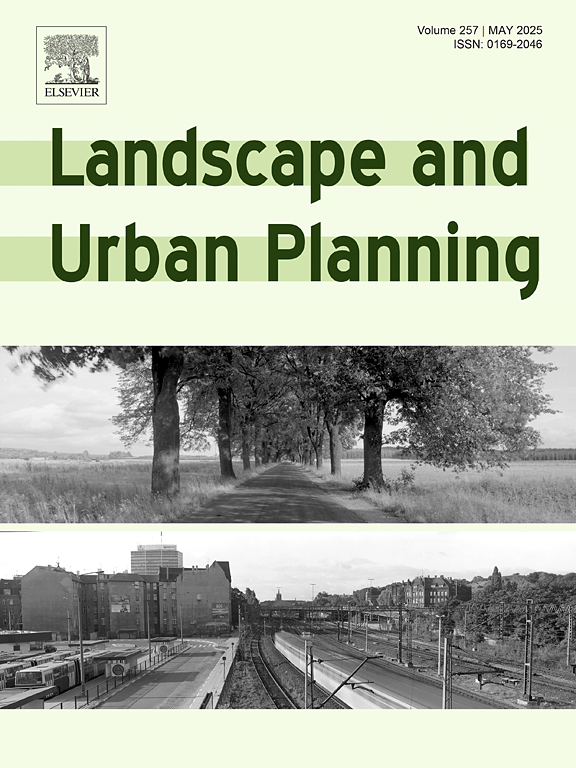Combining spatial clustering and spatial regression models to understand distributional inequities in access to urban green spaces

Abstract
Proximity to urban green spaces offers numerous benefits, sparking increased research and policy interest in equitable access for different population groups. While spatial analyses evaluate access to urban green space, previous studies overlook fine-grained spatial disparities, needed for targeted urban planning. Spatial clustering models (Local Indicators of Spatial Association - LISA) group values significantly higher and lower than the average in the geographic space. In turn, spatial regression (Geographically Wheigted Regression - GWR) reveals the strength and direction of the correlation between variables across space. Here, we investigate whether and how the combination of both types of models helps examine distributional green equity. We show how combining LISA and GWR gives a more nuanced understanding of distributional green equity. We apply this approach to Goiânia, Brazil, with an empirical analysis of access to three categories of green spaces| tree cover, herb-shrub, and public green spaces. Using open-source methods and tools, we examine variations in accessibility for black people, women, and people of different age, literacy, and income groups. We used a new accessibility metric accounting for the size/area of green spaces, walking times and competition for accessing green spaces. The analyses revealed access disparities by population group and green space category identifying specific regions in the city and population groups with consistently limited access to urban green spaces, guiding planners with refined information to prioritize green space interventions where they are most likely needed. This method enables targeted, equitable urban planning that fosters inclusive access to green spaces for diverse communities.